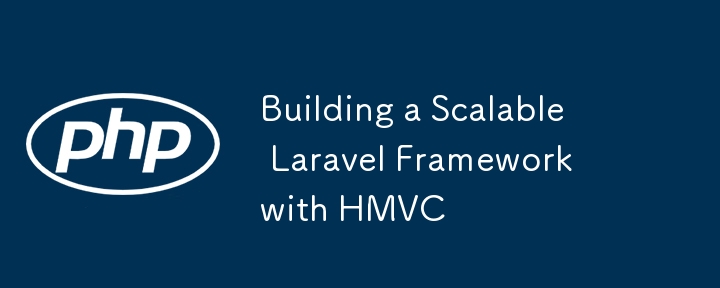

Maintaining a clean and efficient codebase is crucial for scaling applications effectively in the dynamic web development world. This article explores a Laravel-based framework I developed using the Hierarchical Model-View-Controller (HMVC) pattern, detailing its benefits and features.
Scaffolding in web development provides a structured framework to streamline the development process, promoting rapid application development and consistent architecture. By leveraging Laravel's robust capabilities and incorporating HMVC, this approach offers a more modular and organized method for building applications.
Enhanced Modularity: By adopting the HMVC pattern, the framework ensures a clear separation of concerns, making the codebase more maintainable and scalable. Each module operates independently, simplifying the management of complex applications.
Improved Code Organization: HMVC promotes better organization by compartmentalizing different application parts into hierarchical layers, facilitating easier updates and modifications.
Increased Reusability: Components and modules can be reused across different parts of the application or even in different projects, reducing redundancy and saving development time.
Streamlined Development: The use of scaffolding accelerates the development process by providing pre-built structures and components, allowing developers to focus on custom functionality and business logic.
Adopting a scaffolding approach with HMVC in Laravel offers significant advantages for building scalable, maintainable, and efficient web applications. By understanding and leveraging these benefits, developers can enhance their workflow and deliver high-quality solutions.
Explore
The above is the detailed content of Building a Scalable Laravel Framework with HMVC. For more information, please follow other related articles on the PHP Chinese website!




